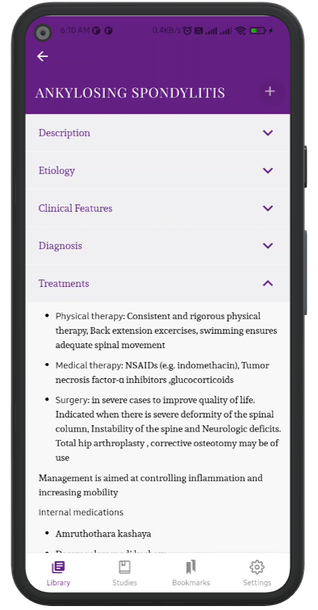ANTENATAL CARE – SECOND TRIMESTER
Description
- Second trimester – 13 to 28 weeks
Schedule for Antenatal Visits
- up to 28th week – Monthly
- From 28th week – 36th week – Every two weeks
- From 36th week until birth – Every week
Types
Symptoms
- Amenorrhoea continues
- Abdomen enlarges
- Quickening (very first perception of foetal movements) felt at around 18 weeks in primigravida & 16 weeks in multigravida
Signs
- Breast - enlarges further, Striae may start appearing, formation of secondary areola with Montgomery’s tubercles on it, around 20 weeks
- Chloasma – hyperpigmented patch on cheeks & face
- Size of the uterus – 12 weeks - symphysis pubis, 16 weeks – four fingers above the symphysis, 20 weeks – four-finger below the symphysis, 24 weeks – at the level of the umbilicus, 28 weeks – four-finger above the umbilicus
- Skin changes – Striae gravidarum begins to appear, Linea nigra ( linear pigmented areas extending from symphysis pubis to ensiform cartilage) can be seen
- Foetal parts can be palpated after 20 weeks
- Active foetal movements can be felt after 20 weeks
- Braxton – Hicks Contraction ( irregular, infrequent, and painless contractions with no effect on the cervix) are evident
- External ballotment – felt at 20 weeks. Tapping of uterus on one side will elicit movement of the foetus to the other side and back, which can be felt with the hand placed on the other side
- Foetal heart sounds – can be heard with a stethoscope from 20 weeks onwards. The rate may be more in the second trimester but settles down to 120 – 150 bpm as the pregnancy advances. Can be picked up by Doppler as early as the 12th week
- Vaginal examination – never needed. Internal ballotment can be elicited between 16 and 28 weeks when the foetus can be tapped between a vaginal finger and a hand placed over the fundus of the uterus
Investigation
- Hb, PCV
- Urine routine – every visit
- Non-fasting 2- hour 75 gm GCT (with 2h value > 140 mg/dl – diagnostic of GDM) done between 24 and 28 weeks
- GTT, if GCT is diagnostic
- Triple test ( Maternal Serum Alpha FetoProtien – MSAFP, β-hCG & unconjugated estriol), Quadruple test (above 3 + Inhibin A) for the screening of chromosomal disorders and structural malformations – should be done only in high-risk cases
Ultrasound
- Targeted anomaly scan ( 18 to 22 weeks) – used for detailed global anatomy of foetus to find out congenital anomalies, foetal biometry, foetal environment, viability, lie, placental location, subjective liquor assessment, etc
Treatments
Supplementation
- One tablet of IFA (100 mg elemental iron and 5 mg folic acid) every day
- Counsel the women to take iron-rich foods - such as green leafy vegetables, whole pulses, jaggery, meat, poultry, and fish
- One tablet of calcium carbonate 500 mg with vitamin D every day
Ayurvedic Management
- Can continue the medicines of the first trimester
- Saptamrutha louha
- Dhatryadi louha
- Punarnava mandoora
- Mukta shukti
- Pravala pishti
- Sankha bhasma
- Kapardhika bhasma
- Fourth month – especially ksheera navaneetha, payonavaneetha siddha ahara, jangalamamsa, Shashtikodana with dadhi
- Fifth month – Ksheerasarpi, shashtikodana with payas, ksheera gritha siddha ahara, jangala mamsa
- Sixth month – Madhura oushada siddha ksheera sarpi, Gokshura siddha gritha or yavagu
- Ksheerapaka of Amsumathi, Amritha, and Nidigdhika - in fourth, fifth, and sixth month respectively
Department
Prasoothi & Stree Roga

